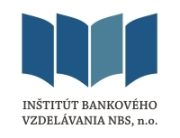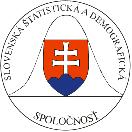ČLÁNOK
Euro má desať rokov.
12. januára 2009
Euro bolo uvedené na svetové finančné trhy 1. Januára 1999 ako učtovná mena, ktorá nahradila Európsku menovú jednotku (ECU) v pomere 1:1. Mince a bankovky vstúpili do obehu 1. Januára 2002. V nedávnych finančných búrkach bolo euro bezpečným pristavom. The Economist v článku Demonstrably durable sa venuje rôznym aspektom eura. Nás zaujalo vysvetlenie prečo sa euro zatiaľ nemôže stať prevažujúcou svetovou rezervnou menou:
„The greenback accounts for around two-thirds of global currency reserves, compared with a quarter for the euro. Outside the EU, the bulk of cross-border sales are invoiced and settled in dollars. A third even of euro-area trade is still dollar-based. The greenback still dominates global currency transactions—which is a rough guide to its use as a “vehicle currency” for trade between smaller economies .“
„For some observers, the euro cannot challenge the dollar’s hegemony as long as it remains a currency without a state. The euro area cannot rival the liquidity offered by the market for American Treasuries, which have a single issuer. The euro has 16 separate government bond markets. Bonds held as currency reserves are useful if they can be converted to cash quickly and cheaply. The market for German government bonds meets the requirement for liquidity but others fall short.“
KURZY
10. 7. 2025
| USD | 1,171 | |
| CZK | 24,639 | |
| GBP | 0,863 | |
| HUF | 398,930 | |
| CAD | 1,603 |






